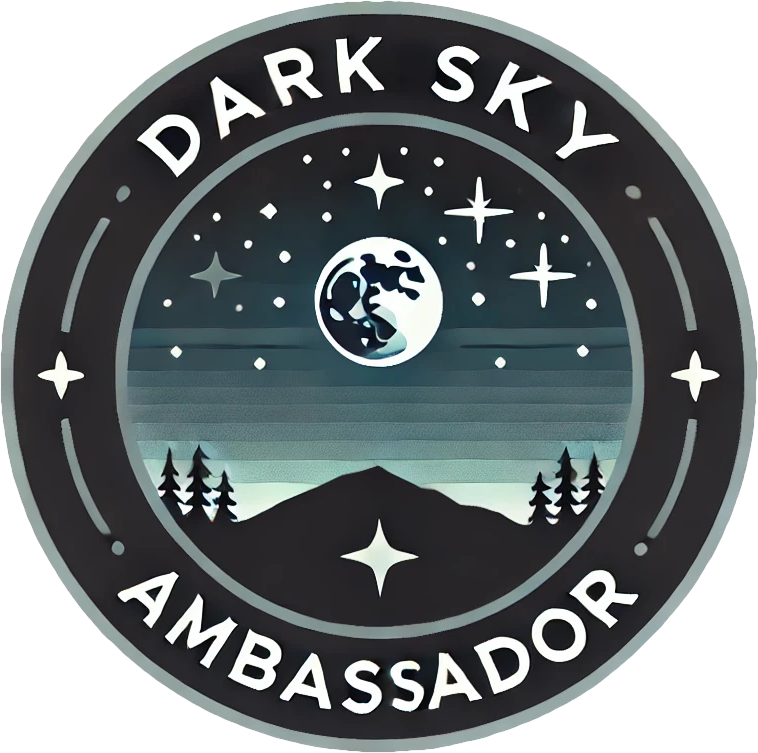Buzzkill: The Impact of Light Pollution on Honey Bees and Animal Welfare
How Light Pollution Affects Honey Bees: A Growing Concern for Ecosystems and Agriculture
Light pollution, the pervasive presence of artificial light in the natural environment, is increasingly recognized as a major environmental issue. While its impact on humans and stargazing is well-documented, the effects on wildlife—especially pollinators like honey bees—are less understood but equally concerning. Recent studies, such as the one published in Scientific Reports by researchers at the University of California San Diego, provide critical insights into how artificial light at night (ALAN) disrupts the behavior and health of honey bees (Apis mellifera). These disruptions have profound knock-on effects on ecosystems and agricultural systems globally.
Understanding Honey Bees and Circadian Rhythms
Honey bees are among the most efficient pollinators, vital for the reproduction of flowering plants and the production of many crops. Their daily activities, such as foraging, navigation, and communication, are governed by circadian rhythms—a 24-hour internal clock influenced by natural light and darkness.
Circadian rhythms help bees coordinate their behavior with environmental cues, optimizing foraging during peak floral activity and avoiding predators. However, artificial light disrupts this delicate balance. The study in Scientific Reports showed that honey bees exposed to artificial light exhibited fragmented and reduced sleep. Sleep deprivation in bees leads to impaired cognitive functions, including learning, memory, and problem-solving—skills essential for navigation and foraging efficiency.
Behavioral Impacts of Artificial Light
- Disrupted Foraging Patterns
Bees rely on sunlight as a guide for foraging. ALAN confuses this natural process, causing bees to forage at suboptimal times or lose their way. Disoriented bees expend more energy, reducing their lifespan and colony productivity. This misalignment between bee activity and floral nectar availability diminishes the efficiency of pollination. - Impaired Hive Communication
Bees use waggle dances to communicate the location of food sources to their colony members. Disrupted sleep and circadian rhythms affect the precision and vigor of these dances, leading to miscommunication within the hive. As a result, the colony’s ability to collect resources is compromised. - Reduced Colony Health
Over time, the cumulative effects of light pollution—poor foraging, reduced energy reserves, and miscommunication—deplete the overall health of bee colonies. Weakened colonies are more susceptible to diseases, parasites like the Varroa mite, and environmental stressors.
Wider Implications for Ecosystems and Agriculture
The implications of these disruptions extend far beyond individual bees and colonies:
- Agricultural Productivity: Honey bees contribute to the pollination of nearly 75% of globally important crops. Disrupted pollination reduces crop yields, directly impacting food security and agricultural economies.
- Plant Reproduction: Many wild plants depend on bees for pollination. Reduced pollination affects plant reproduction, diminishing biodiversity and altering ecosystems.
- Cascading Effects: As key pollinators decline, other species that rely on pollinated plants—such as birds, mammals, and insects—also face challenges. The interconnectedness of ecosystems means the decline of one species can lead to imbalances across entire habitats.
Why Light Pollution Is Increasing
Urbanization and the widespread use of artificial lighting are the primary drivers of light pollution. Common sources include streetlights, illuminated buildings, and outdoor advertising. Unlike other forms of pollution, light pollution is often overlooked because it is intangible and perceived as less harmful. However, its impact on nocturnal environments is severe, creating an ecological trap for species adapted to natural light cycles.
Mitigation Strategies
Efforts to mitigate light pollution for the benefit of honey bees and other wildlife include:
- Adopting Dark-Sky Principles
Implementing shielded lighting that directs light downward and minimizes glare can reduce the reach of artificial light. International initiatives like the Dark Sky Association promote such measures. - Switching to Warm-Tone Lighting
Bees are less sensitive to red and warm-toned lights. Replacing blue-rich LEDs with warmer tones can help reduce the disruptive effects on pollinators. - Timed Lighting
Installing motion sensors and timers for outdoor lights ensures that areas are illuminated only when necessary, preserving the natural dark cycle. - Creating Dark Reserves
Establishing protected areas with minimal artificial lighting can provide safe habitats for bees and other nocturnal species. Such reserves also offer opportunities for ecological research.
Call to Action
The plight of honey bees under light pollution should serve as a wake-up call for the broader consequences of ALAN. As pollinators crucial to ecosystems and agriculture, their well-being is directly tied to our own. By reducing light pollution, we not only help bees thrive but also foster a healthier, more sustainable environment for all species.
References
- Moore, B. R., Balzer, J. & Couvillon, M. J. Artificial Light at Night Disrupts Honey Bee Circadian Rhythms. Scientific Reports (2024). Read the full study here.
- International Dark-Sky Association. The Impact of Light Pollution on Wildlife. Visit their site here.
- National Geographic. How Light Pollution Is Impacting Animals Across the Globe. Learn more here.
- United Nations Food and Agriculture Organization (FAO). The Importance of Bees in Agriculture. More details here.
Reducing light pollution is not just about preserving the night sky—it’s about safeguarding the delicate balance of life on Earth, starting with the smallest yet most essential creatures like honey bees.


